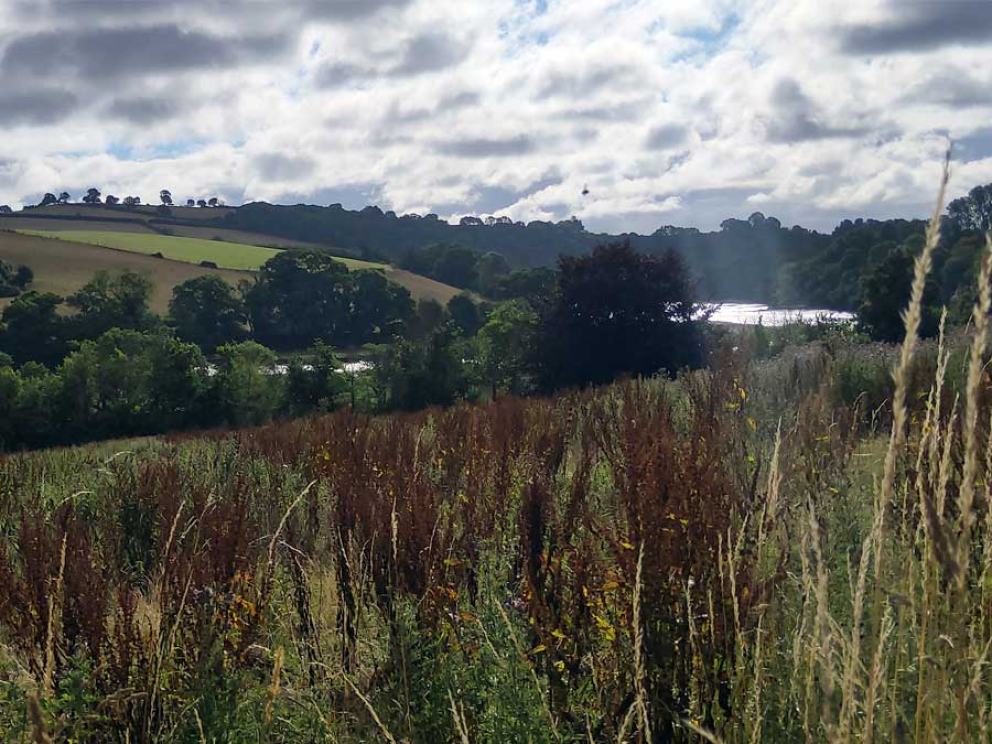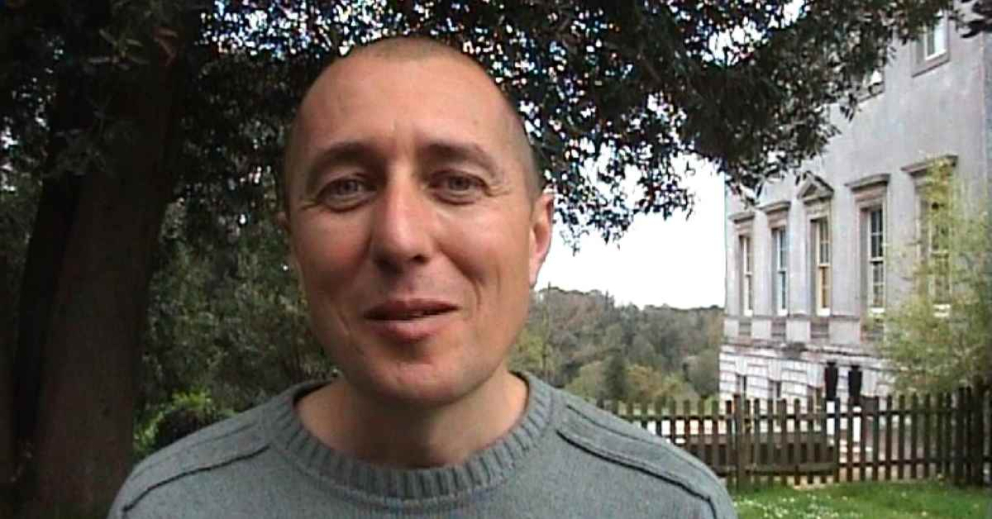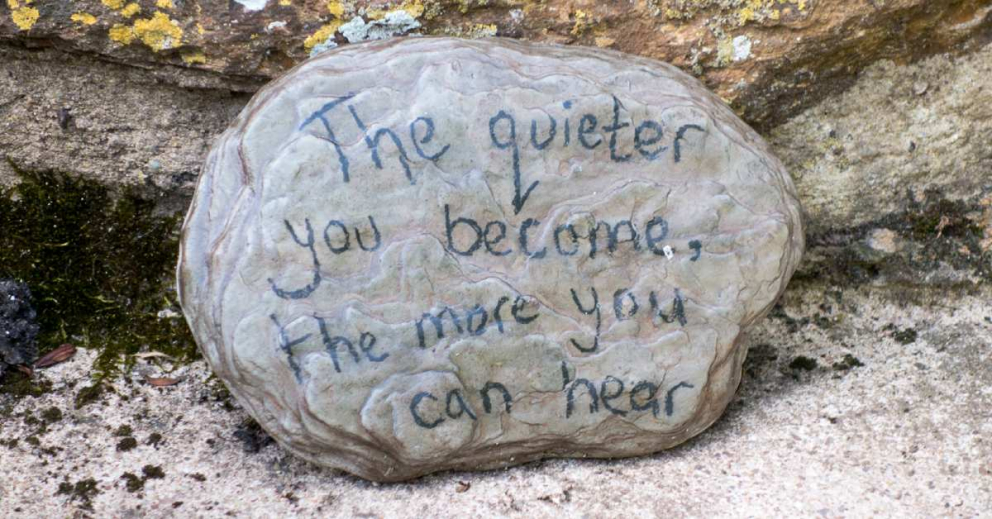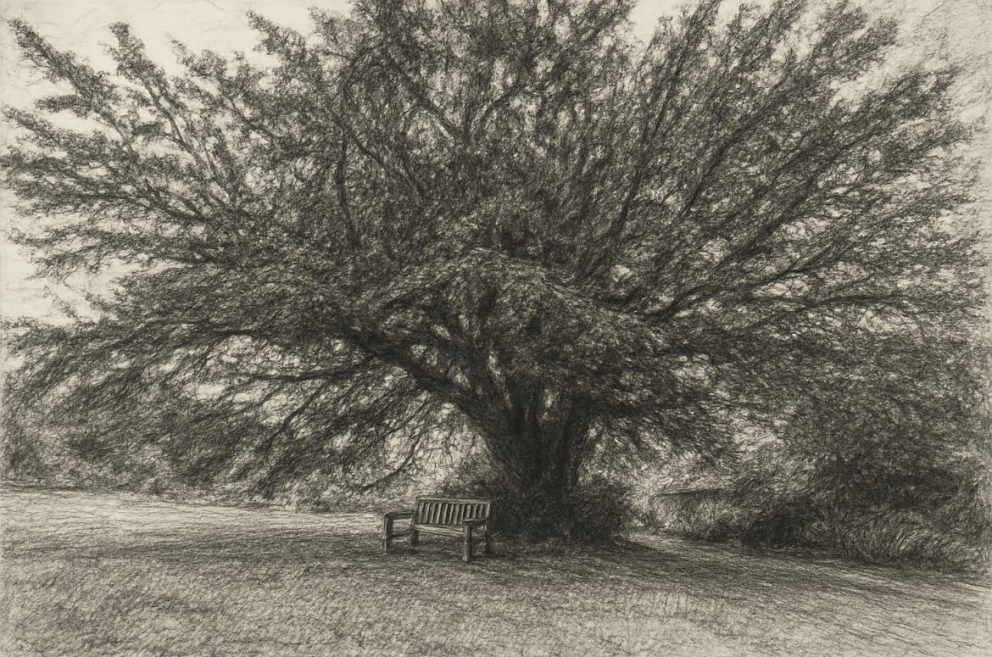Weeds on our rewilding fields?

Lots of nettles, thistles and docks have appeared on our rewilding fields and some people have commented on this, so we asked Mike Cooke from our rewilding partners Ambios Ltd, to explain what’s happening.
Rust-coloured dock stems wave above our rewilding fields, while nettles and thistles are spreading too. Some people have expressed concerns that letting nature return is ‘just allowing weeds to take over’. But this is all part of the land’s recovery from being conventionally farmed as close-cropped grass, says biologist Mike Cooke.
“Quite a lot of the rewilding land has been heavily dosed with phosphates from slurry spraying, which is a normal thing to do in conventional farming” he said. “This favours more competitive, plants such as dock, nettles and thistles”.
It might look messy to human eyes used to conventional farm fields, but now the rewilding is much more valuable to wildlife. “The presence of these plants is hugely beneficial. They provide the food, complex structures, and the ranges of things like moisture and temperature needed for the survival of so many creatures” said Mike.
“We have to remember that these are, in fact, native wildflower species and scientific research tells us that they are exceptionally important for wildlife”.
For example, butterflies such as peacocks, red admirals, and small tortoiseshells depend on nettles, while docks are the foodplant of countless creatures such as the small copper butterfly. Thistles are an outstanding source of nectar (sugar) and pollen (protein).
“Stand in front of thistle blooms and just watch the insect, bees and butterfly activity!” said Mike.
“We wouldn't have a new breeding population of stonechat, a big expansion of wren territories across the open fields or swarms of feeding swallows without the insects these plants support," he said. "We wouldn’t have big flocks of goldfinches, linnets, or bullfinches without the seedheads they produce. It’s all so much better than the shortly cropped fields before we began”.
Added Mike: “It’s a good idea to take the long view, not over five or ten years, but well beyond our lifetimes. Areas of nettles, docks and thistles will be a phase in the next decades, but not forever."
"We have to be patient”, he says. “We are just in the early chapters of the story”.
Over time the vegetation will change beyond recognition, with much more equilibrium in the soil, a big increase in trees and shrubs and the natural development of new vegetation types replacing the old ones.
“Perhaps we can think of this as ‘growing out a bad haircut’ and while it is happening, we should remember that our early rewilding successes have been largely because of rather than despite our weeds”.
Share this story
Follow @SharphamTrust on Twitter, Facebook and Instagram and use #SharphamTrust #NoticeNature #NationalLotteryHeritageFund #ThanksToYou
Visit our Wild For People pages here










